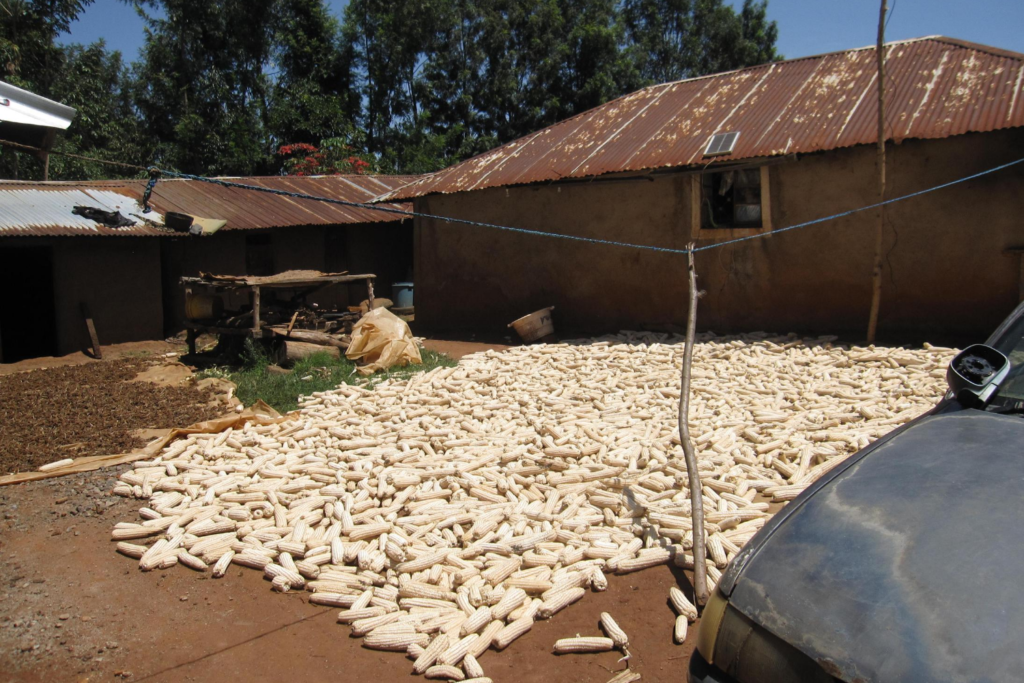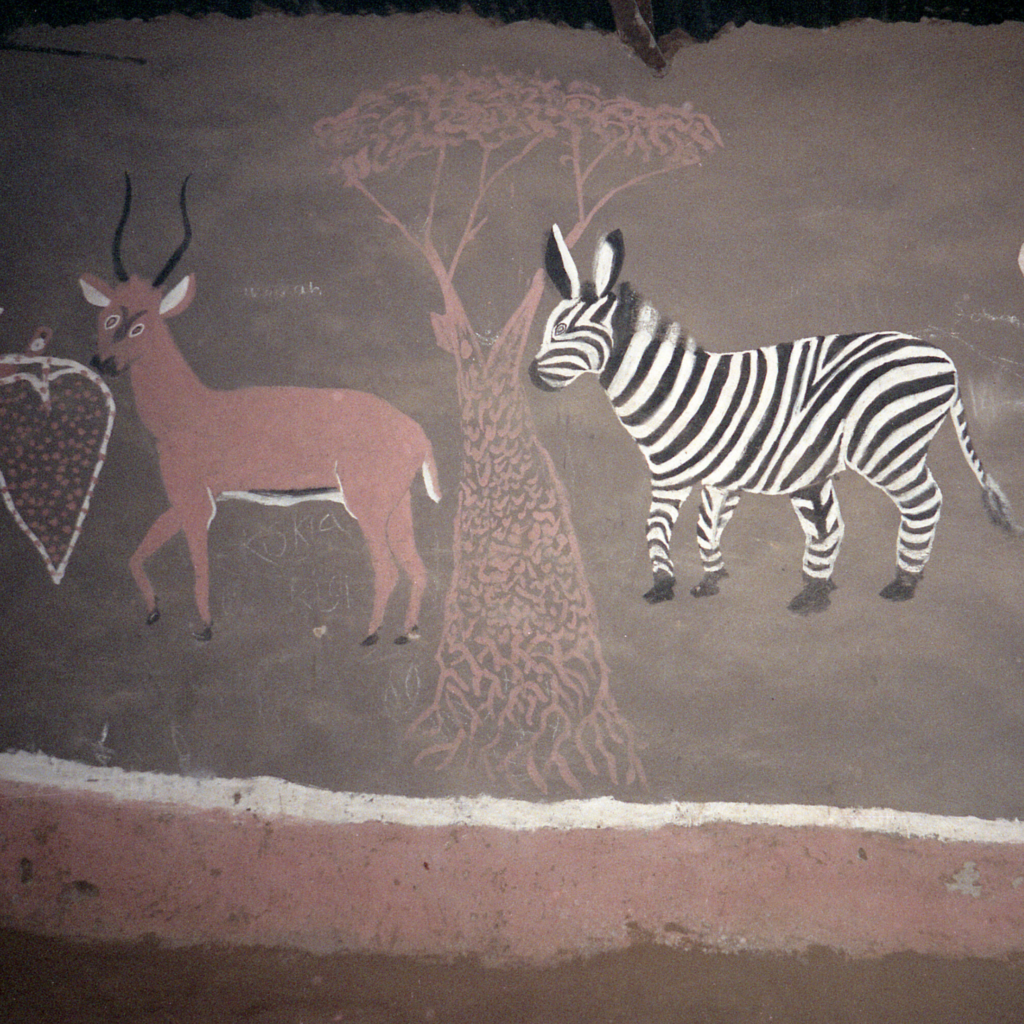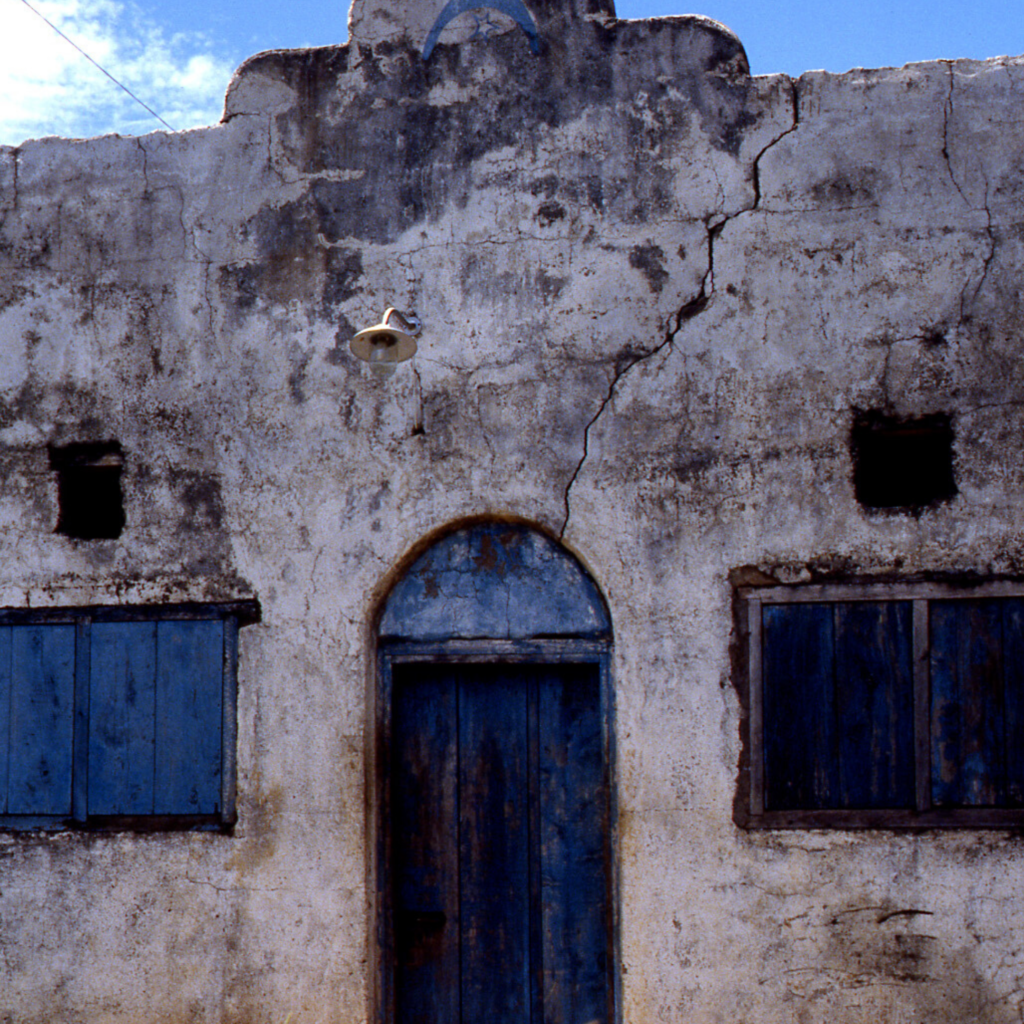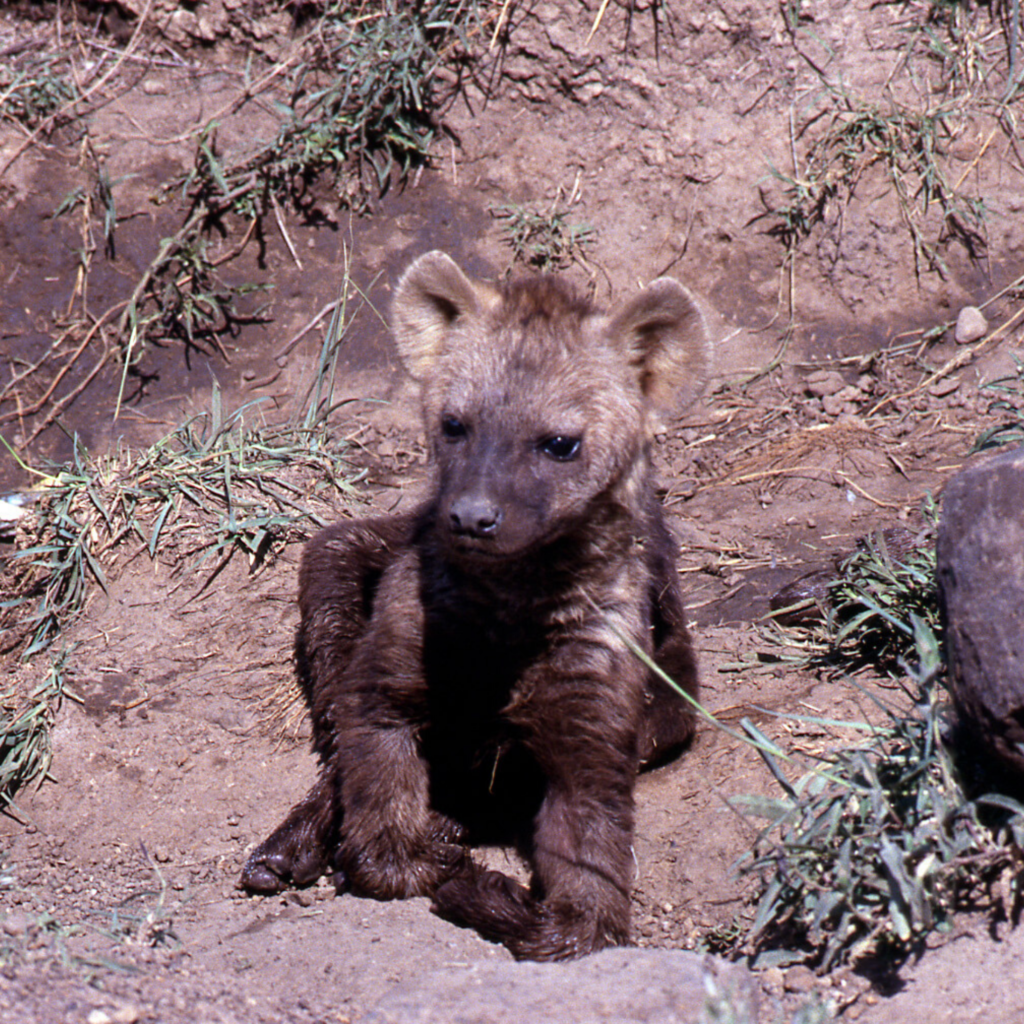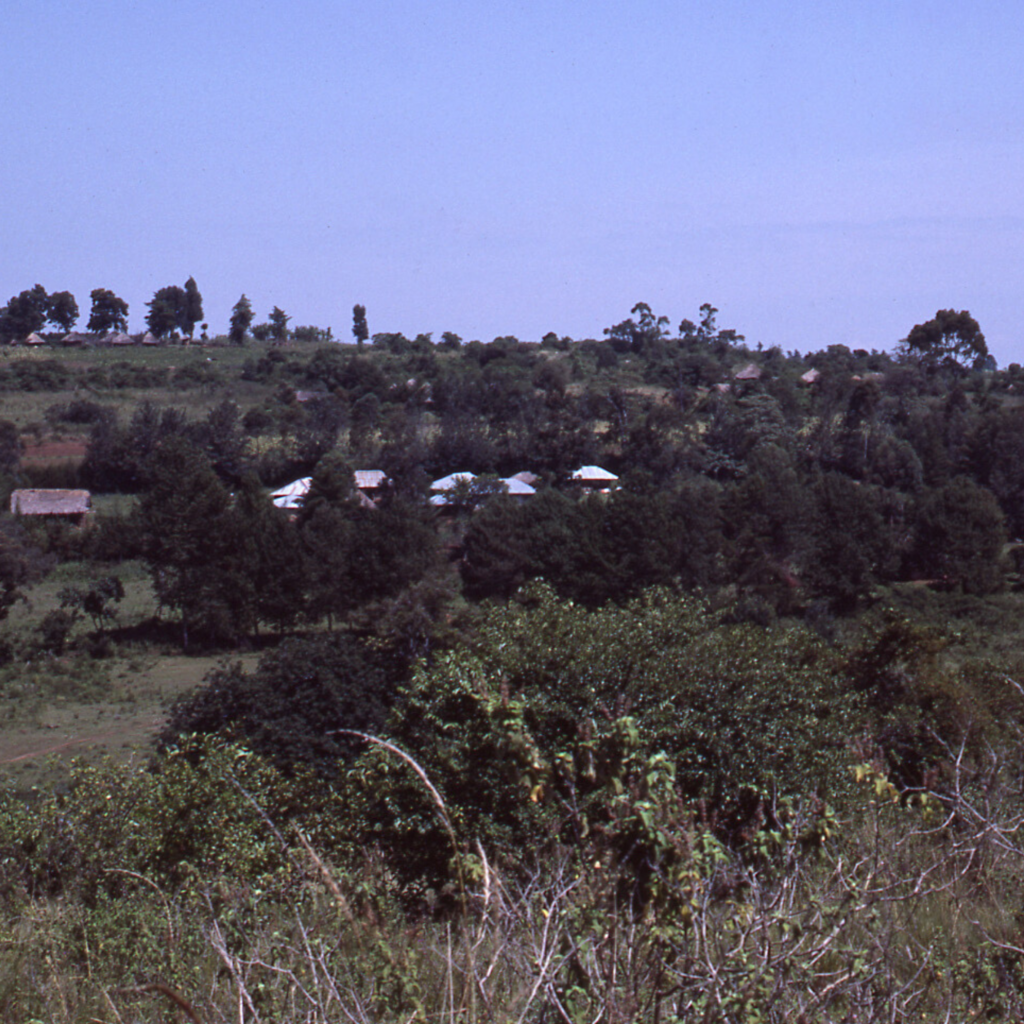Upon completing my doctorate I accepted a three-year position as an Andrew W. Mellon Foundation postdoctoral fellow at the Demography Department of the Research School of Social Sciences at the Australian National University, Canberra, to learn the techniques of scholars who study and describe (mostly numerically) populations of the world. One of those years was spent in Kenya, where as a research associate at the Population Studies and Research Institute of the University of Nairobi, I gave seminars and workshops and supervised M.A. and Ph.D. theses.
During this time, I conducted research in southwestern Kenya on domestic residential arrangements and reproductive patterns. Field collection of statistical data included longitudinal studies in education, health, socioeconomic status of homesteads, agricultural output/incomes, local marketing development and business practices, and demographic data (homestead composition, births, deaths, and migration). Working with a team of researchers, I carried out interviews, supervised transcription and translation, developed data collection instruments, trained field staff to carry out surveys, and constructed database frameworks. To understand statistical data, I collected descriptive and ethnographic data through participant observation and interviews. I designed and conducted a project to study the fertility of women household heads in Bukuria, 1992–95.
Back in Australia in 1994, I coded and analyzed data during the final year of the Mellon fellowship, and for a short time, as a visiting fellow at National Centre for Development Studies, Australian National University. I analyzed research data and wrote on the relationships between fertility and mortality and fertility and household structure, testing the significance of variables such as migration, education, polygamy, economic levels and age cohort membership, among others in rural Kenya. In the latter post, I supervised graduate students, advised on research project planning, data management, and integration of qualitative and quantitative data.
Having received a Wenner-Gren Foundation research grant to study Kuria family at the height of the HIV/AIDS pandemic, I returned to Kenya in 2007 and observed and studied the impact of the AIDS pandemic on families. I also continued with the collection of the longitudinal data collected four years earlier and five years before that. Multidisciplinary research across a span of more than two decades contextualizes family social life deeply. Again, research permission was granted by the Office of the President and the Ministry of Science and Technology, the Republic of Kenya.
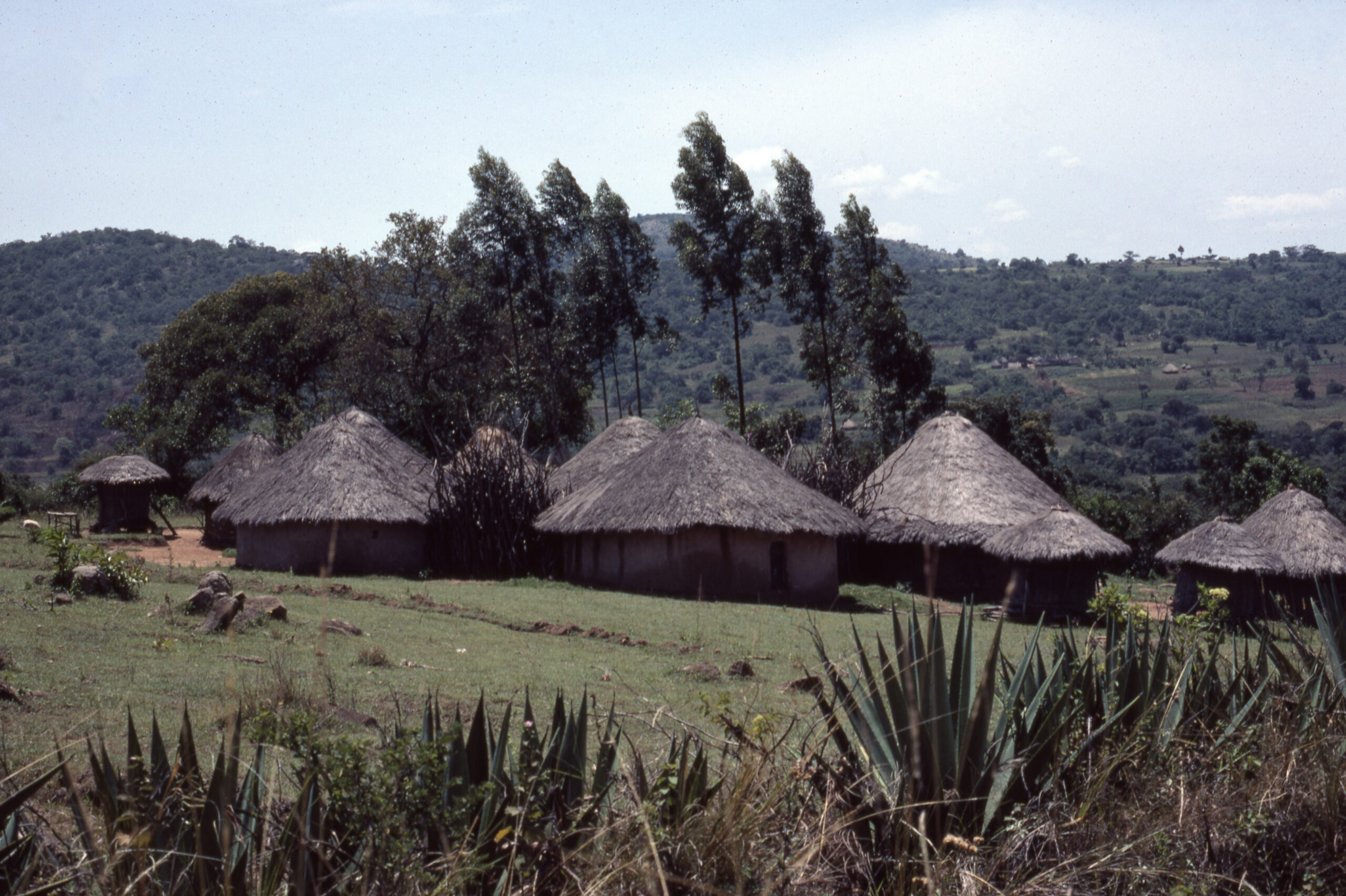
Publications

Courses taught on the subject
Though I teach about families and populations in all the courses I teach, I have designed only one entire course centered on families, that is, Families: Love and Power in the Domestic Sphere, first taught in Spring 2020.
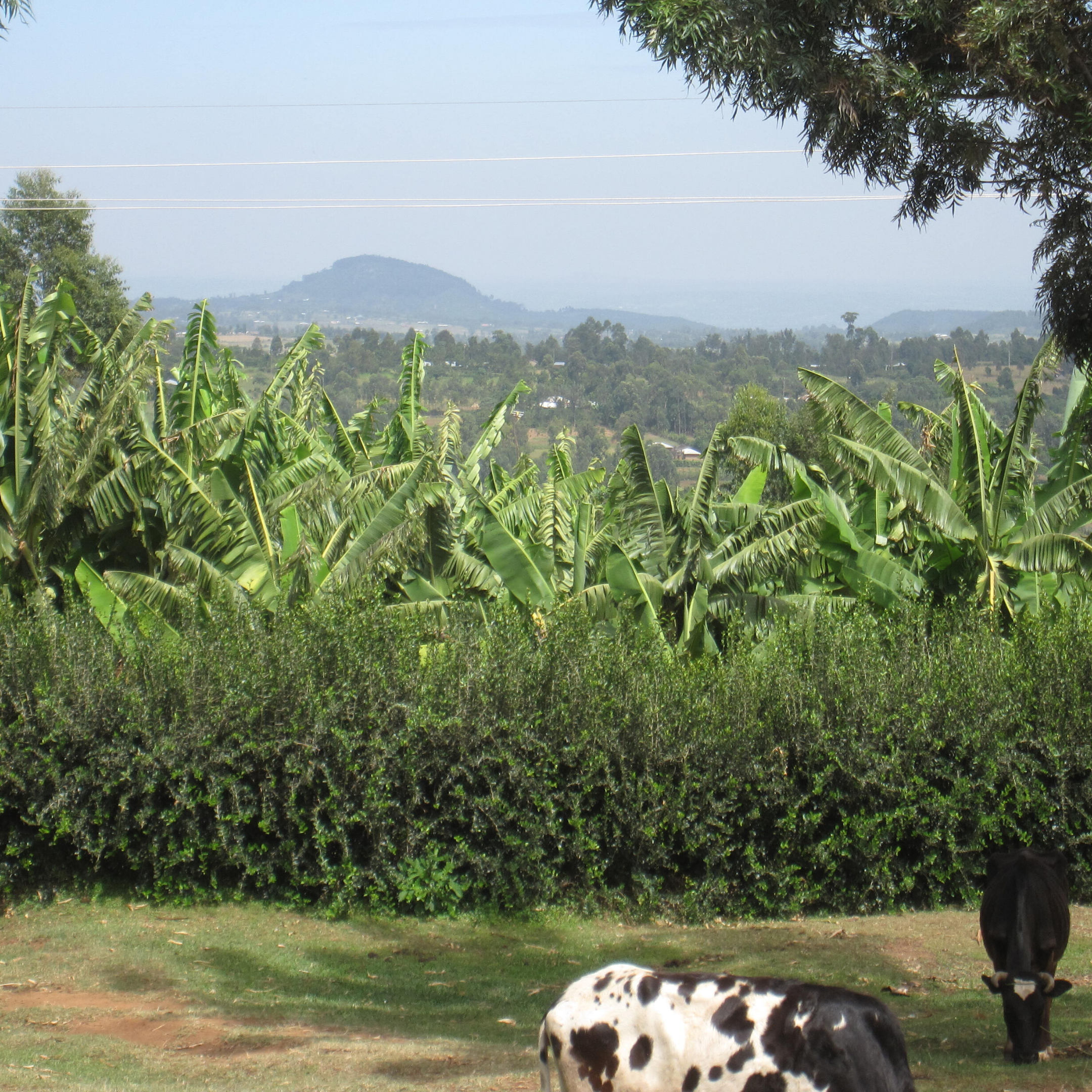
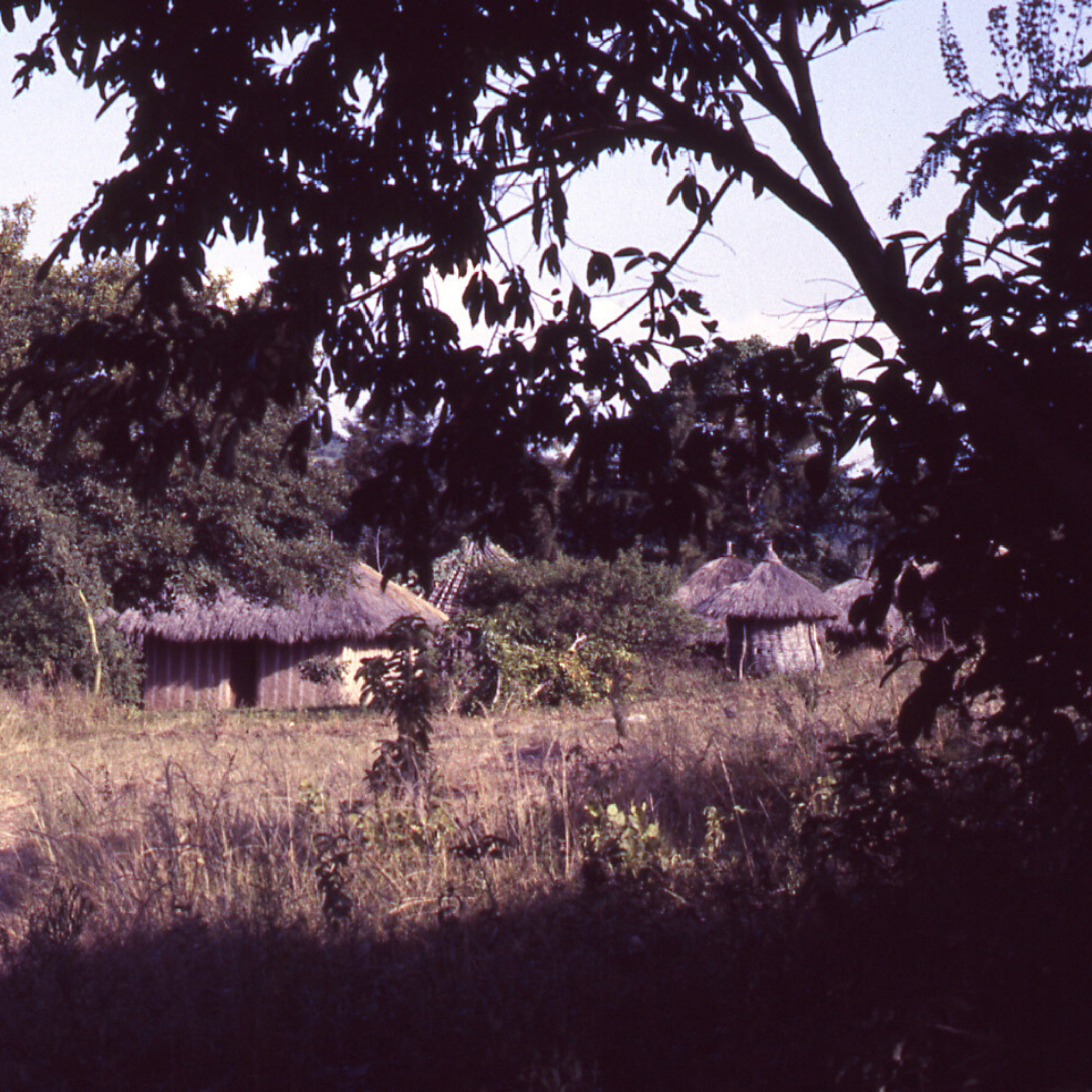
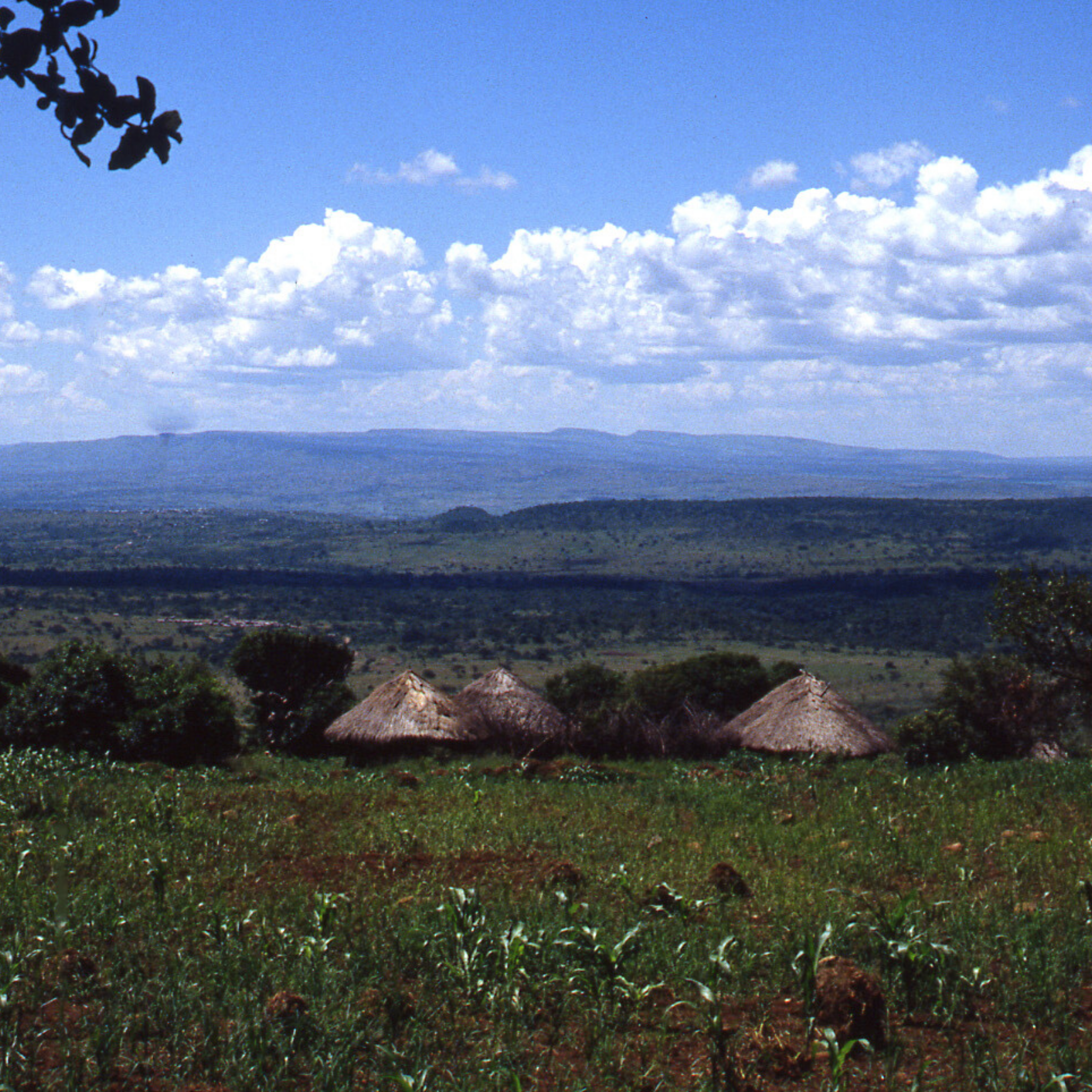

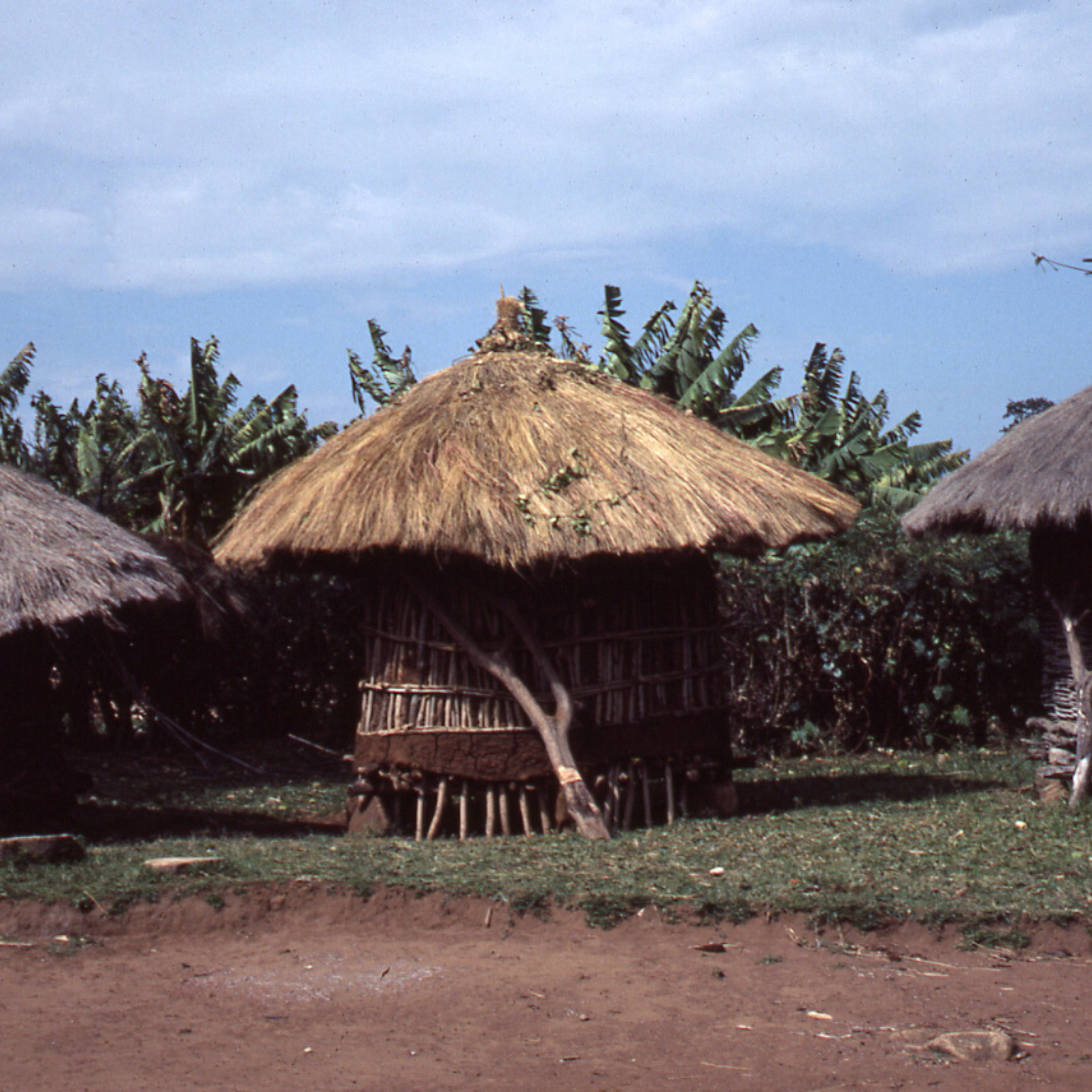

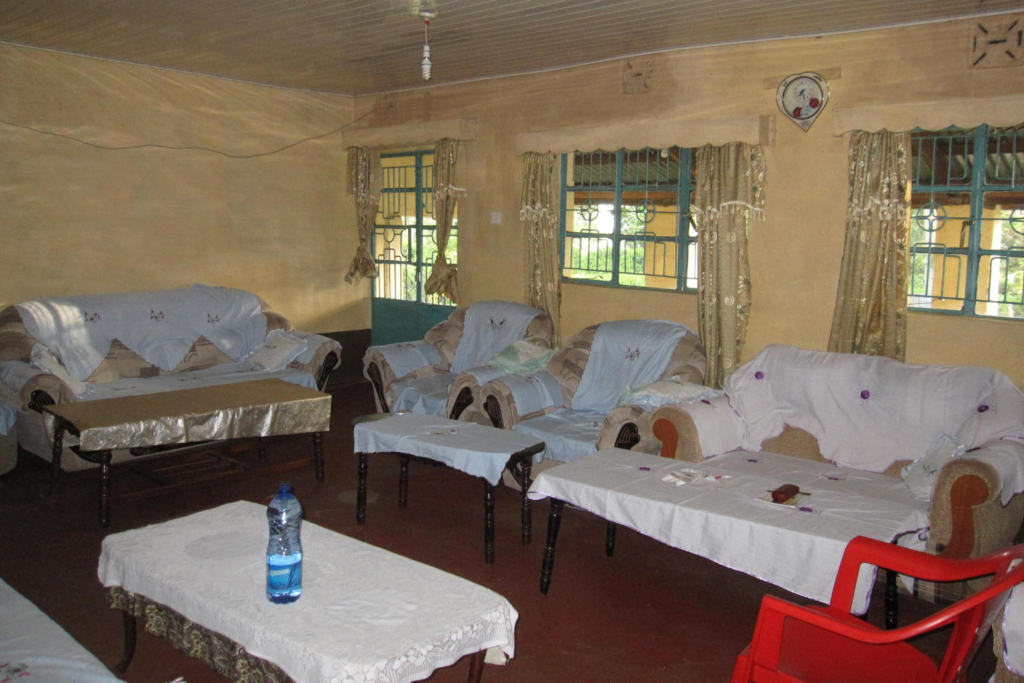
Papers and Talks
“The Changing Trajectories of Children’s Lives in Rural Kenya,” paper presented at the American Anthropological Association’s Anthropology of Children & Youth Interest Group meeting in San Diego, CA, April, 2013.
“Whither the Orphans? Life Strategies of Youth in Rural Communities,” paper presented at the American Ethnological Society meetings in San Juan, Puerto Rico, April, 2011.
“The Realities of Patrilineality for Orphans in Rural Kenya,” paper to be presented at the African Studies Association annual meeting in New Orleans, LA November, 2009.
“New Developments in Family Relations in Kenya,” Population Studies Research Institute, University of Nairobi, May, 2003.
“Building a House: A Grassroots Perspective on the Fertility Transition in Rural Kenya,” Society of Research on African Cultures 2002 International Conference, Montclair, New Jersey, November, 2002.
“Seeds of Continuity, Lines of Change: Studying Domestic Groups in Rural Kenya,” presented at the American Ethnological Society Annual Meeting, Tampa, FL, March, 2000.
“Moving the Squatters: A Case Study from Rural Kenya,” presented at the African Studies Association Annual Meetings in Chicago, Illinois, October-November, 1998.
“We’re on the Run: Ideas of Progress among Adolescents in Rural Kenya,” presented at the American Anthropological Association Annual Meetings in Washington, D.C., November, 1997.
“Population Growth and the Access to Resources,” presented at the Society for Applied Anthropology Annual Meetings in Baltimore, Maryland, March, 1996.
“Gender and Age in the Construction of Community,” presented at Bennington College, March, 1996.
“Fertility and Family Planning in Female-Headed Households,” presented in a session on “Gender, Power, and Authority” at the American Anthropological Association Meetings in Washington D.C., November 17, 1993.
